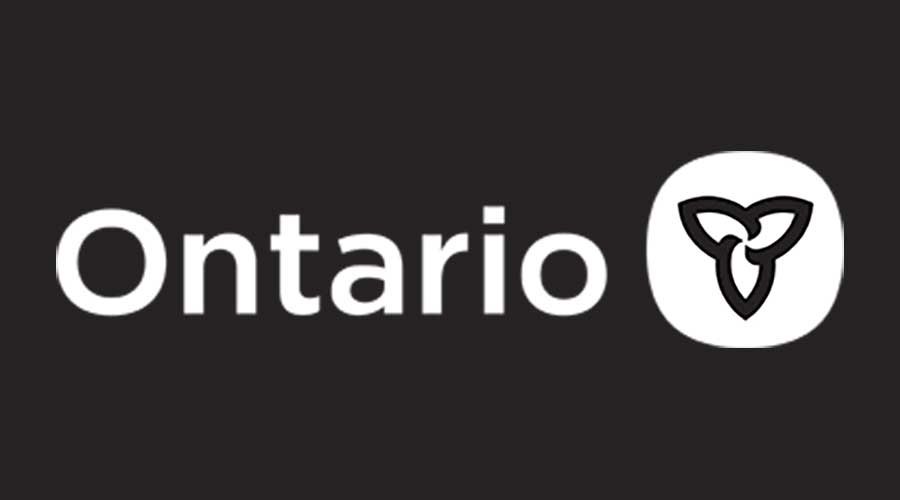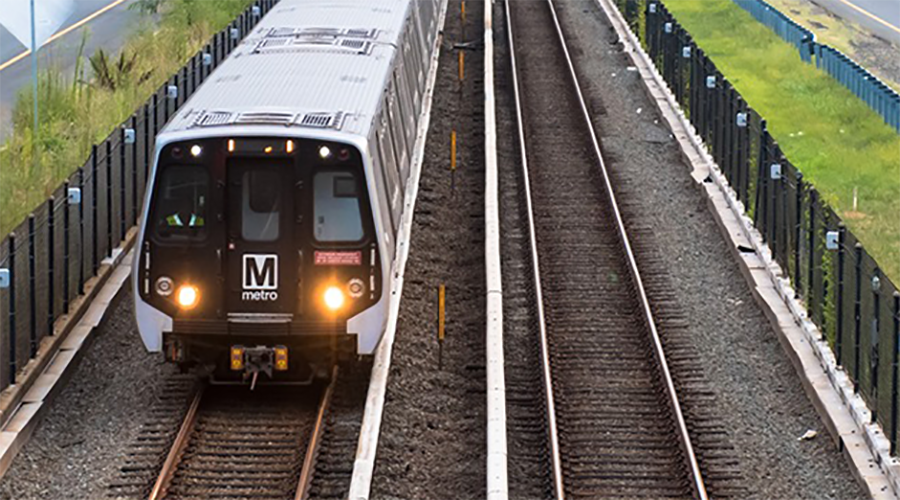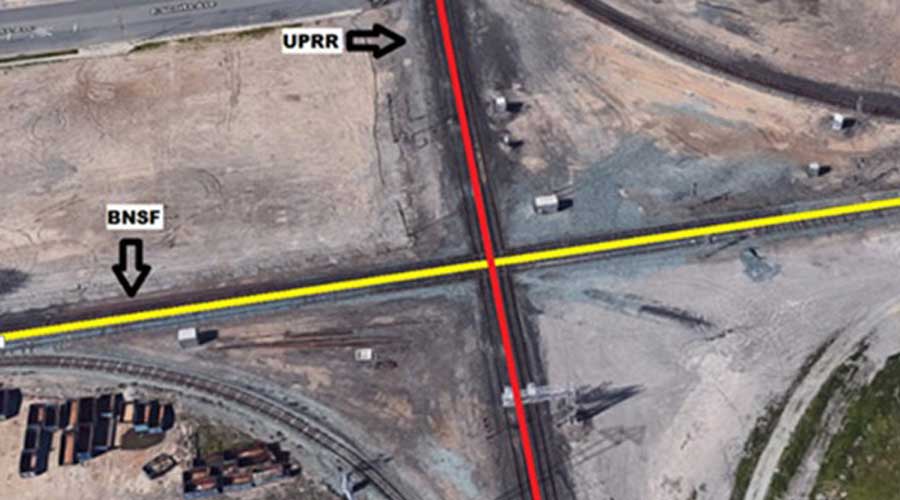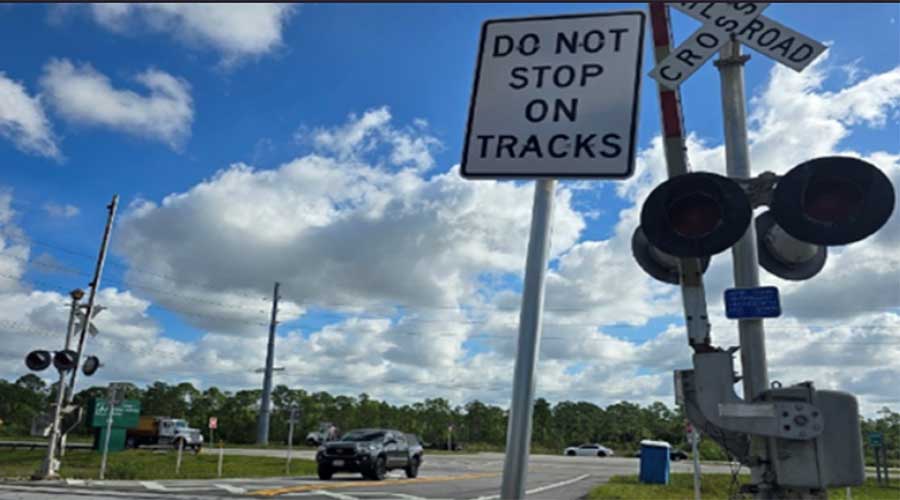Newsletter Sign Up
Stay updated on news, articles and information for the rail industry
Stay updated on news, articles and information for the rail industry
RAIL EMPLOYMENT & NOTICES
Rail News Home
Rail Industry Trends
Rail News: Rail Industry Trends
7/27/2009
Rail News: Rail Industry Trends
CSXT and NS push for federal tax incentives, public-private partnerships
advertisement
Last week, CSX Transportation and Norfolk Southern Corp. touted the economic benefits of government funding support for freight rail through tax incentives and public-private partnerships.
Tax incentives for freight-rail capacity expansion would generate $1 billion in economic benefits and 20,000 “green” jobs, NS Chairman, President and Chief Executive Officer Wick Moorman told lawmakers on Capitol Hill July 23.
“Railroads are the most affordable and environmentally responsible way to meet [freight] demand, and that is why tax incentives for rail capacity would be good public policy,” he said, according to a prepared statement.
Since 1980, railroads have spent more than 40 percent of their revenue — or about $440 billion — to maintain, improve and expand their networks, said Moorman.
“Yet as much as railroads are investing, it isn’t enough to meet projected demand,” he said. “It’s clear that rail capacity must increase as the economy and population expand in the years ahead.”
NS already has established partnerships with several states, including Pennsylvania and Virginia, to help fund capacity expansion projects.
“Congress should bolster these efforts by enacting tax credit legislation to encourage additional freight-rail investment,” Moorman said.
CSXT couldn’t agree more. Last week, the Class I promoted the need for more federal funding and more public-private partnerships at the 2009 National Conference of State Legislatures’ legislative summit in Philadelphia.
CSXT sponsored a booth touting the National Gateway initiative, a public-private partnership that aims to create a more efficient double-stack intermodal route linking Mid-Atlantic ports with Midwestern markets.
The Class I has committed to funding half of the more than $700 million needed to complete the National Gateway. Project supporters are seeking funding from states and the federal government to complete clearance projects and intermodal terminals.
Tax incentives for freight-rail capacity expansion would generate $1 billion in economic benefits and 20,000 “green” jobs, NS Chairman, President and Chief Executive Officer Wick Moorman told lawmakers on Capitol Hill July 23.
“Railroads are the most affordable and environmentally responsible way to meet [freight] demand, and that is why tax incentives for rail capacity would be good public policy,” he said, according to a prepared statement.
Since 1980, railroads have spent more than 40 percent of their revenue — or about $440 billion — to maintain, improve and expand their networks, said Moorman.
“Yet as much as railroads are investing, it isn’t enough to meet projected demand,” he said. “It’s clear that rail capacity must increase as the economy and population expand in the years ahead.”
NS already has established partnerships with several states, including Pennsylvania and Virginia, to help fund capacity expansion projects.
“Congress should bolster these efforts by enacting tax credit legislation to encourage additional freight-rail investment,” Moorman said.
CSXT couldn’t agree more. Last week, the Class I promoted the need for more federal funding and more public-private partnerships at the 2009 National Conference of State Legislatures’ legislative summit in Philadelphia.
CSXT sponsored a booth touting the National Gateway initiative, a public-private partnership that aims to create a more efficient double-stack intermodal route linking Mid-Atlantic ports with Midwestern markets.
The Class I has committed to funding half of the more than $700 million needed to complete the National Gateway. Project supporters are seeking funding from states and the federal government to complete clearance projects and intermodal terminals.


 2025 MOW Spending Report: Passenger-rail programs
2025 MOW Spending Report: Passenger-rail programs
 Gardner steps down as Amtrak CEO
Gardner steps down as Amtrak CEO
 Guest comment: Oliver Wyman’s David Hunt
Guest comment: Oliver Wyman’s David Hunt
 Women of Influence in Rail eBook
Women of Influence in Rail eBook
 railPrime
railPrime







